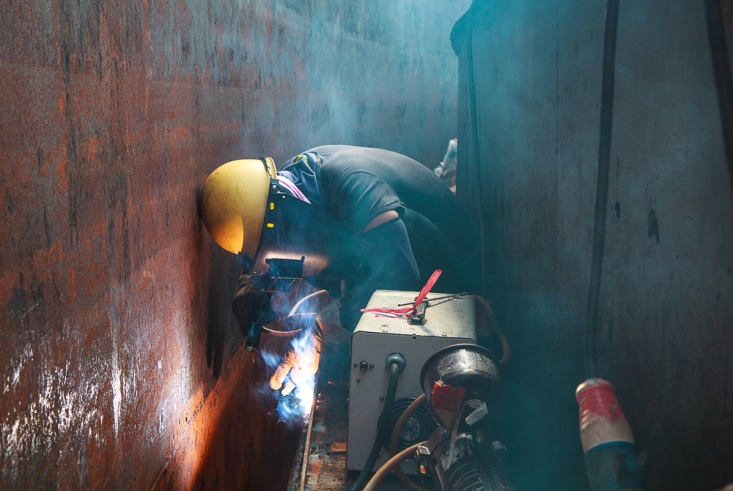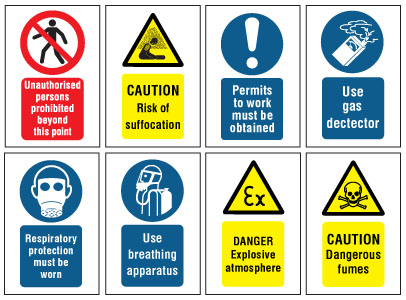
Asphyxiation – A major risk in confined spaces
What is confined space? The phrase can bring forward a range of ideas, but it does have an actual definition. The Health and Safety Executive (HSE) defines a confined space as “a place which is substantially enclosed (though not always entirely), and where serious injury can occur from hazardous substances or conditions within the space or nearby (e.g. lack of oxygen).” In layman’s terms, confined space contributes greatly to the probability of asphyxiation.
The definition of confined space only answers so much, however. Confined spaces come in many forms such as: manholes, sewers, drains, vats, silos, vessels, boilers, hoppers, tunnels, pipeline, ductwork, shafts, tunnels, equipment housings, freight containers, ballast tanks, cargo holds, pits and trenches. These can found in a range of industries including water treatment and sewerage, agriculture, construction, ports and docks, onshore and offshore oil production, chemical and pharmaceutical production, construction, power generation, manufacturing, plant rooms and mining.
The Confined Spaces Regulations 1997 cover the dangers, safe systems of working and emergency procedures.
The dangers cannot be under-estimated and risk assessments need to be performed to identify one or more of the following conditions including:
- Poor air quality with inadequate ventilation
- Hazards from asphyxiates such as the accumulation of harmful gases or poisonous fumes
- Chemical exposure
- Fire hazards
- Process-related hazards such as release or movement of solid or liquid materials
- Safety hazards from risks, trips and falls, contact with moving equipment or structural hazards
- Physical hazards including excessive noise, temperature, vibration, radiation or poor lighting
- Biological dangers from bacteria or virus infections.
Confined Space in the Workplace

There are many examples of confined spaces in the workplace, which require staff or contractors to perform maintenance or essential operational procedures.
It is essential to test the air quality in confined spaces, especially if there has been any leakage from any packages in transit, residue of fumigants, any vapours from volatile, unstable items of from solvents, oxidation from fermenting, decomposing or rotting contents, or through rusting of the structure, leakage from hoses or cylinders, or toxic fumes from sludge as a result of welding, cutting, cleaning or sanding.
An oxygen-deficient atmosphere is considered to have less than 19.5% oxygen, and should not be entered without use of respiratory apparatus, to aid breathing during duties. Since many gases or vapours are colourless and odourless, it is essential to test the air with a calibrated testing instrument.
If hazardous fumes are detected and cannot be displaced by ventilation (natural or mechanical), breathing apparatus with suitable filters should be used and fitted correctly before any attempted entry. Back up equipment should be readily available if any emergency procedures need to be invoked to rescue anyone from the confined space.
What is a Confined Space Permit?
A confined space permit is needed in order to work in confined spaces. These reserve access to the confined space to only those suitably trained and supervised whilst providing all relevant safety information, maintenance and operating instructions. These should be supplied with correct and functional protective equipment, to perform specified tasks, once all precautions have been taken to isolate energy sources and to monitor the environment and identify potential dangers. Additionally, time limits for the task must be established, with explicit hand over and rescue plans to be communicated.
Label Source’s range of confined space, hazard warning and PPE (personal protective equipment) signs can act as a reminder to staff or contractors of the precautions, potential dangers and essential equipment necessary to safely perform their duties within the confined space.